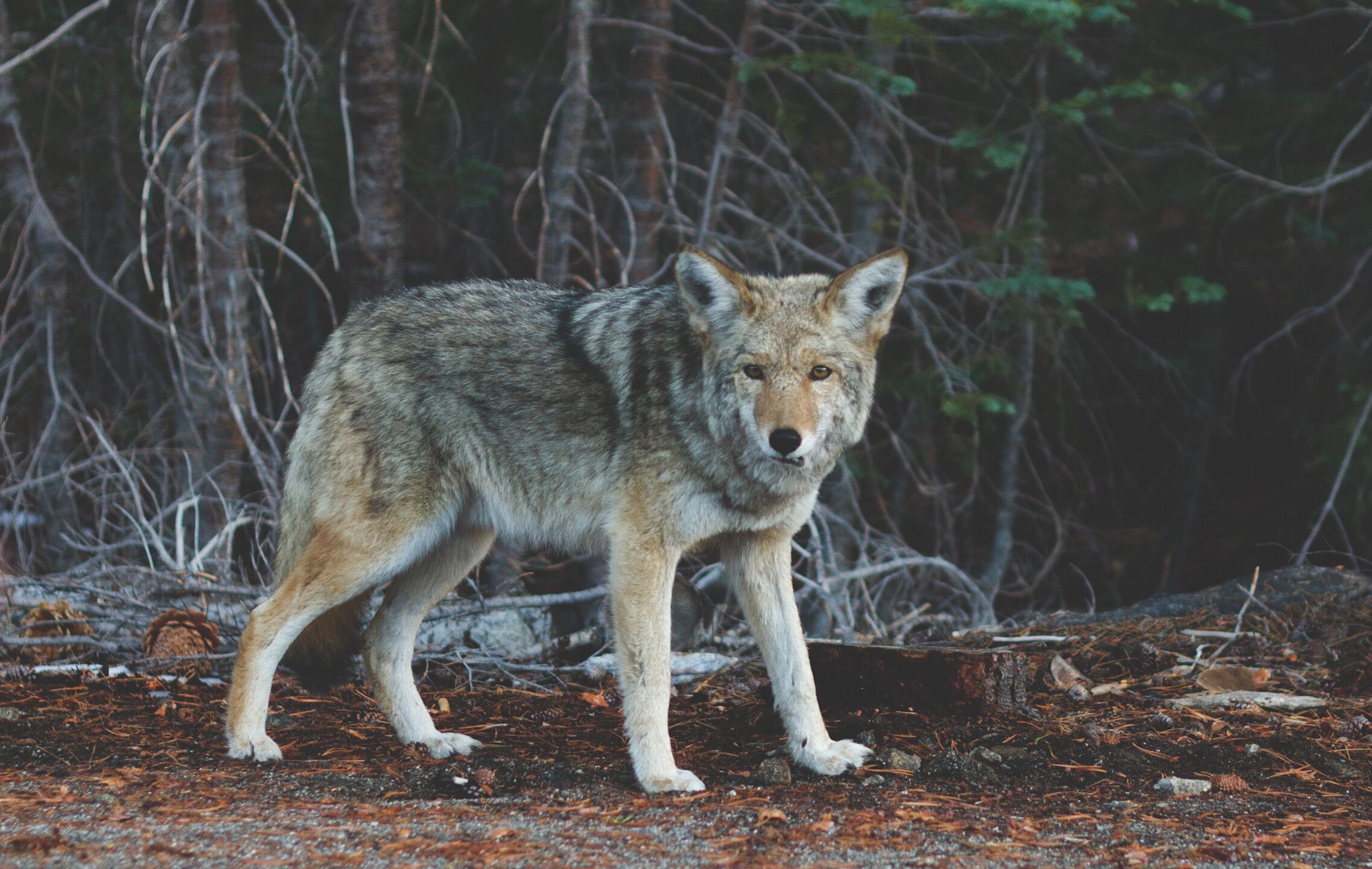Field Guide / Bear
6 Strategies For Hunting Whitetail In The Winter
Winter can be both a difficult and, sometimes even, frustrating time for us hunters. Deer movement begins to change drastically, the conditions begin to seem unbearable, and suddenly, that big buck on your trail camera is nowhere to be found. Nevertheless, don’t give up. Not only is this time of year changing your hunting patterns, but it is also changing the whitetails daily patterns as well.
Previous in Bear
More Content Like This

What Is the Difference Between Game and Nongame Species?
Across the world of wildlife, a whole spectrum of big and small critters fall into various categorizations and classifications. For hunters, one of the most important distinctions is between game and nongame species. Read More
Read MoreThe Best Times to Hunt Coyote
Coyotes are extremely smart animals with keen eyesight and a strong sense of smell. Catching one of these creatures can earn hunters a badge of honor in the sportsmen community.Read More
Read More10 Photography Tips for Hunting Influencers
Creating visually engaging images has always been the end goal of a photographer. With the rise of social media platforms, engaging user-created content is more important than ever. Read More
Read More Bear
BearWhat Is the Difference Between Game and Nongame Species?
Across the world of wildlife, a whole spectrum of big and small critters fall into various categorizations and classifications. For hunters, one of the most important distinctions is between game and nongame species. Read More
Read More Bear
BearThe Best Times to Hunt Coyote
Coyotes are extremely smart animals with keen eyesight and a strong sense of smell. Catching one of these creatures can earn hunters a badge of honor in the sportsmen community.Read More
Read More Bear
Bear10 Photography Tips for Hunting Influencers
Creating visually engaging images has always been the end goal of a photographer. With the rise of social media platforms, engaging user-created content is more important than ever. Read More
Read More
1 of 3
